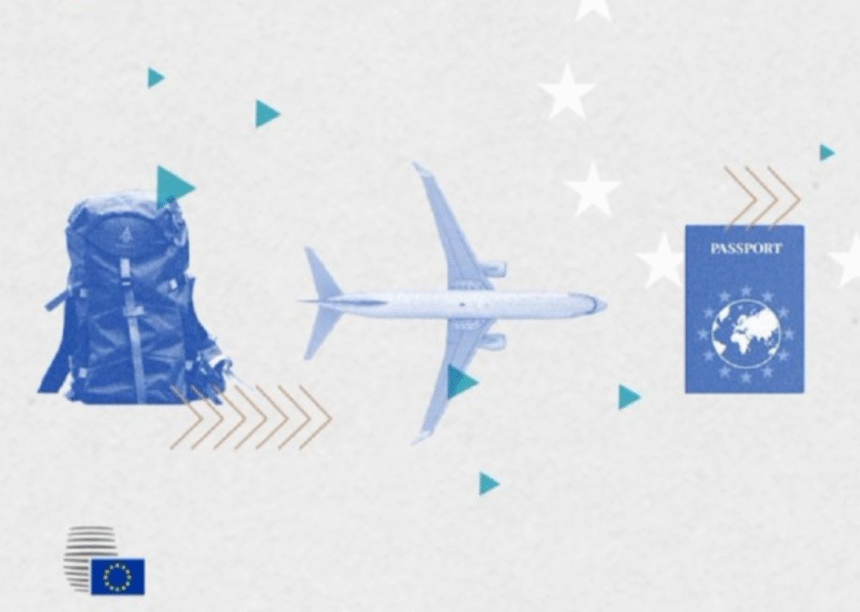Tonight at midnight (00:00), the new Entry/Exit System (EES) will officially launch at the external borders of 29 European countries. These new rules will also apply to citizens of Kosovo, who can travel visa-free to the European Union.
Travelers who require a Schengen visa to enter Europe — including nationals of Thailand — as well as those who are visa-exempt for short stays of up to 90 days within a 180-day period, will now have their entries and exits electronically recorded.
In addition, each traveler’s photo and fingerprints will be stored in the system. This data will ensure secure identity verification and help prevent the use of fake documents or incorrect matches.
As a result, border checks will become faster, more accurate, and more secure, while continuing to protect travelers’ fundamental rights.
The system will be introduced gradually during a six-month transition period. During this time, biometric data may not yet be collected at every border crossing, and passports will still be stamped. The EES is expected to become fully operational by April 10, 2026.
Designed for non-EU citizens visiting Europe for short stays, the EES will modernize border management across Europe by electronically recording information about entries, exits, and entry refusals. Once fully implemented, it will replace passport stamping.
The system will store biometric data, including facial images and fingerprints. Some European countries using EES are expected to further streamline border processes through automated systems such as self-service kiosks, e-gates, and even a mobile app for pre-registration of traveler data.
Travelers with biometric passports will be able to register their data themselves, check whether their information is already stored in the system, and then proceed directly to a border officer for verification — significantly reducing waiting times.
The EES marks a major step forward in European border management — making it faster, safer, and more transparent. For travelers, it means easier and more secure journeys across Europe.







